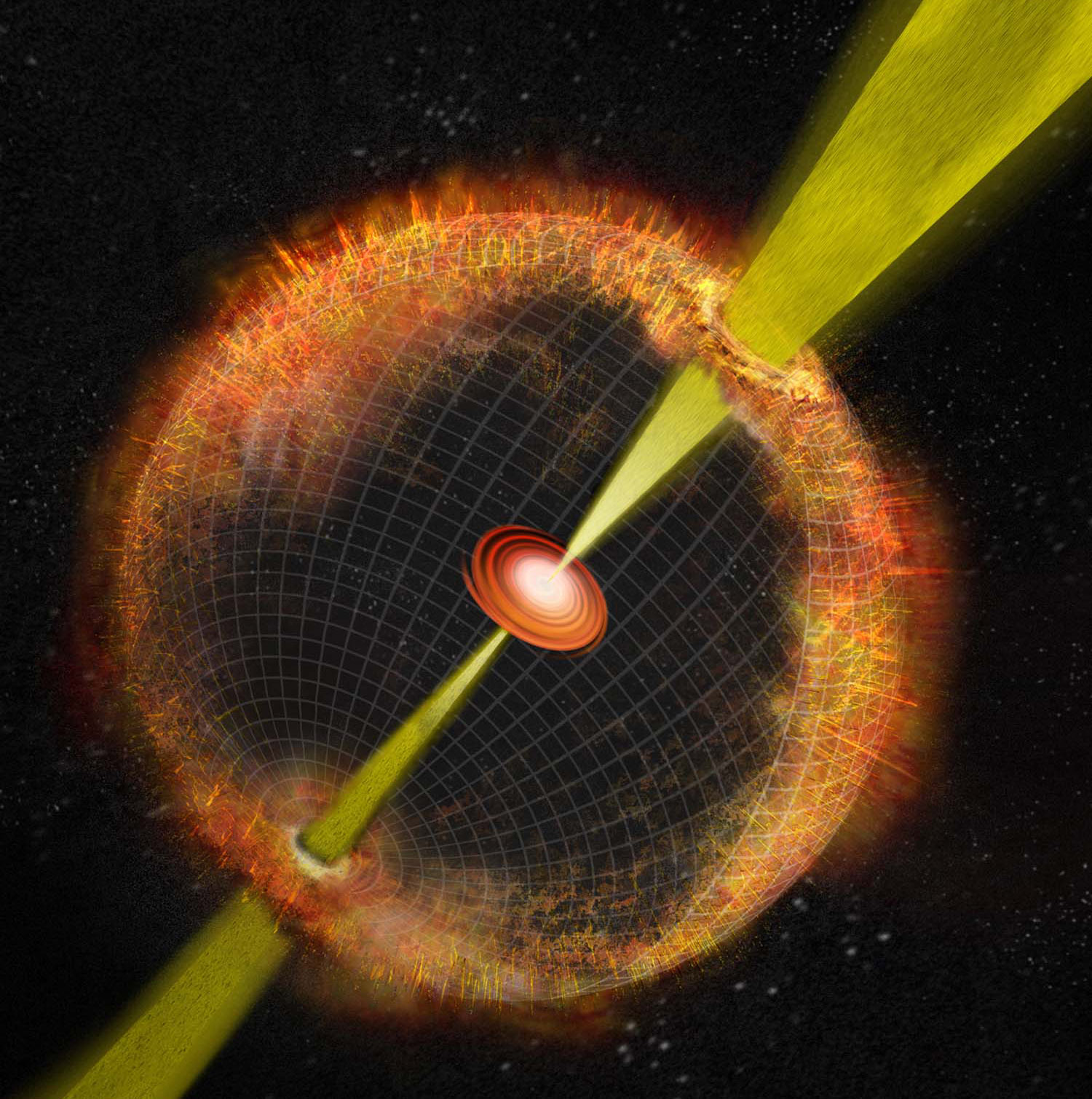
Bates ranks seventh in number of physics graduates
In a survey of more than 500 colleges whose ultimate degree is a baccalaureate, the American Institute of Physics ranked Bates College seventh in the number of physics majors it graduates annually.
The AIP conducted the survey in 1999 and the results were released in August 2001. In the period 1997-1999, among bachelor’s-only schools, Bates graduated an average of 13 physics majors a year, compared to an overall average of three, the survey found. In fact, two-thirds of the schools in the group reported between zero and three physics graduates. Bates was in the minority that produced 10 or more graduating majors each year.
John K. Pribram, professor of physics at Bates, sees a simple explanation for Bates’ strong showing in the AIP ranking. “We get good people, and we don’t push them away,” he says.
The typical Bates student, Pribram explains, is bright and strongly motivated. And Bates’ physics program is user-friendly without sacrificing intellectual rigor.
For example, Pribram says, physics majors are given their own work areas in the laboratories – laboratories that, he adds, the school has equipped and maintained generously. Moreover, close collaborative work is encouraged among students and with their teachers.
In addition, Pribram pointed to the fact that as a liberal arts college, Bates is “set up to serve people going in a lot of different directions.” So although a Bates graduate in physics may be well-prepared to pursue an advanced physics degree, he or she is also equipped for myriad other choices for a career or post-graduate study.
The AIP ranked the U.S. Air Force Academy highest among bachelor’s-only schools in the average number of physics majors, at 22 graduates. Bates was one of five institutions to graduate an average of 13 majors in the ranking. Among comparable New England institutions, Middlebury graduated 11 physics majors and Swarthmore, 10.
The AIP survey indicates that the number of bachelor’s degrees being granted in physics is at a 40-year low. In 1999, 3,646 bachelor’s degrees in physics were bestowed, a drop of more than a quarter in just eight years.
However, the proportion of women among bachelor-level physics majors in 1999 increased by 2 percent to 21 percent, an all-time high.
In addition, the institute reported that first-year graduate student enrollments in physics grew significantly – 4 percent from 1998 to 1999 – for the first time in nearly a decade. The gain was almost entirely attributable to the 6 percent growth in enrollment by foreign students, while their American counterparts increased by only 1 percent. The survey found that enrollment in introductory physics courses remained robust.
The AIP also reported that in the 1999-2000 academic year, the number of juniors declaring physics majors rose 4 percent over the previous year. In the current academic year, there are 25 declared physics majors at Bates, one sophomore, 16 juniors (including four with a double major that includes physics) and eight seniors.
Pribram noted that throughout the 1980s and 1990s, Bates averaged from 12 to 15 physics majors in every graduating class. (In 1989, the number peaked at 27.) Pribram added that typically, regardless of the total number of physics majors in a given class at Bates, five or six of those graduates continue physics studies at the graduate level.




